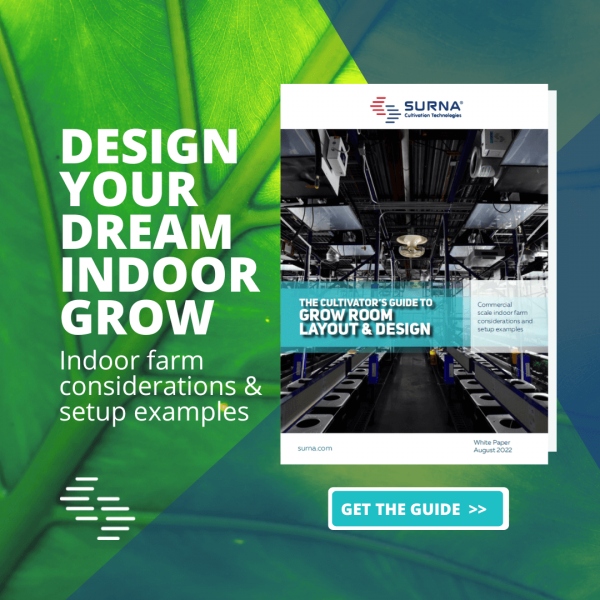Protecting the biosecurity of a facility involves a variety of best practices. Instead of explaining what we think is the best way to ensure healthy plants through biosecurity, we’d like to share what some of our clients and partners think.
Industry Consultant:
“We design facilities to eliminate as many biohazards from being introduced as possible. We design for exclusion. The best way of eliminating something is to not introduce it in the first place. That means keeping biohazards from coming in from the outside.
Always design facilities so that everyone coming in from the outside goes through a clean room process. This minimizes the number of outside contaminants that can be brought into a grow. All staff should wear scrubs or uniforms that are laundered after each shift. No outside shoes should be allowed inside the clean areas.
Additionally, access to the cultivation facility should be restricted. Minimize the number of people in the facility and only allow necessary personnel to have access to certain areas of the facility. This limits the number of people going through and reduces the likelihood of contaminants being introduced or spread throughout a facility.”
-Jay Czarkowski, Founding Partner, Canna Advisors
Commercial Cultivator:
“Keep executive leadership and administrative staff OUT OF THE GARDEN. Isolate your garden, make it a fun safe place to work, and make it like Fort Knox for people to get in.
Required clothing changes, daily and weekly clean down procedures and processes. Cleaning the mechanical equipment thoroughly and regularly. Utilizing material when building your gardening rooms that doesn’t absorb moisture and can easily be cleaned to be sanitary.
I call it a “Grow Flow” which is a garden based workflow designed to isolate your garden rooms in an indoor environment while allowing for the most productive workflow possible. It is an arduous concept to work on that requires diligence in both planning and execution. It is an ongoing challenge we face in this new industry to set the Grow Flow standards for future generations of indoor commercial cannabis producers. The more the world learns how we do it, the better the world will do it.”
-Fitz Couhig, Pioneer Nuggets
“Clean room techniques:
- Filtered Supply air to pressurize the facility including Carbon, HEPA filtration and photo catalyst sterilization technology used within the facility.
- Sterilized footwear (Crocs) for all persons on the facility floor and footbaths throughout.
- Clean clothes for all employees and visitors and nitrile glove use mandatory for plant and product handling.
- Thorough cleaning of grow rooms every cycle using checklists and atomizer equipment.
- Monthly filter replacement in all areas.
- Hydrogen peroxide, isopropyl alcohol, and both aqueous and gaseous ozone for various sanitation applications.”
-Sean O’Leary, COO, Pioneer Nuggets
Biological Engineer:
“”Keeping a grow clean is a huge challenge since factors such as workflow, climate control, air sanitation, and employee compliance can impact the overall cleanliness of a facility. Facility hygiene should always start by focusing on controlling hazards, and preventing the introduction of contaminants rather than focusing on remediation when problems do arise. It’s important to frequently monitor a facility through environmental testing to ensure what you are doing is working. Through testing it’s easier to validate facility cleanliness as well as create accountability throughout the whole production process.”
-Michael Caffrey, Biological Engineer, Surna

